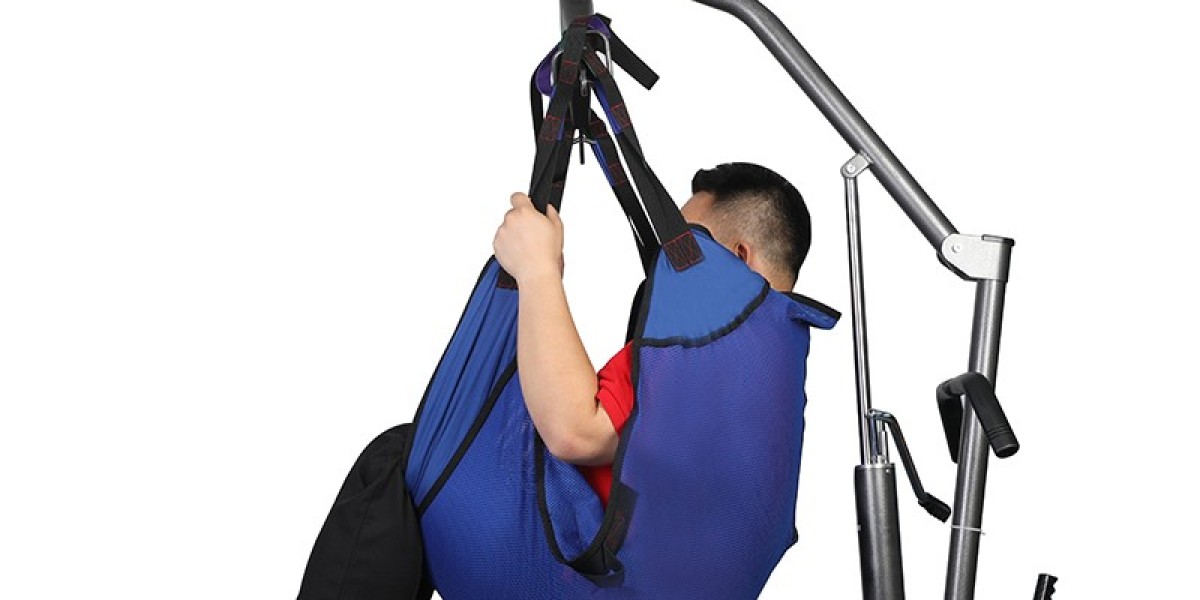When it comes to ensuring the comfort and safety of patients, choosing the right sling is crucial. A well-selected sling can significantly enhance patient mobility, provide support during transfers, and ultimately improve recovery outcomes. This article aims to guide healthcare professionals in selecting the best sling tailored to their patients’ specific needs.
Understanding Sling Types
There are various types of slings available, each designed for specific purposes. For instance, some slings are designed for general lifting, while others are tailored for specific conditions, such as hip or shoulder injuries. Understanding the different types of slings is the first step in making an informed choice. Assessing the patient’s condition and mobility level will help determine which sling is most appropriate.
Assessing Patient Needs
Every patient is unique, and their needs may vary significantly. Factors such as weight, height, and physical limitations should be considered when selecting a sling. Additionally, the patient’s level of comfort with mobility aids should guide your choice. A sling that is too tight or too loose can lead to discomfort or even injury. Therefore, taking the time to assess these factors can lead to a more effective selection process.
Material and Design Considerations
The material and design of the sling play a vital role in its functionality. Look for slings made from durable, breathable materials that offer both support and comfort. The design should facilitate easy application and removal, allowing caregivers to assist patients without unnecessary strain. Moreover, slings with additional features, such as padding or adjustable straps, can enhance user comfort and safety.
Consulting with Professionals
When in doubt, consulting with occupational or physical therapists can provide valuable insights into the best sling for your patient. These professionals can offer tailored recommendations based on their expertise and experience. Collaborative decision-making can lead to better outcomes and ensure that the chosen sling meets all necessary standards for safety and usability.
Trial and Feedback
Before finalizing your choice, consider conducting a trial with the selected sling. This allows you to observe how well it meets the patient’s needs and whether any adjustments are necessary. Gathering feedback from both patients and caregivers can provide critical insights into the sling’s effectiveness and comfort level. Adjustments can be made based on this feedback to ensure optimal performance.
In conclusion, selecting the best sling for your patient’s needs is a multifaceted process that requires careful consideration of various factors. By understanding the different types of slings, assessing individual patient needs, considering material and design, consulting with professionals, and gathering feedback, healthcare providers can make informed decisions that enhance patient care and support recovery.








